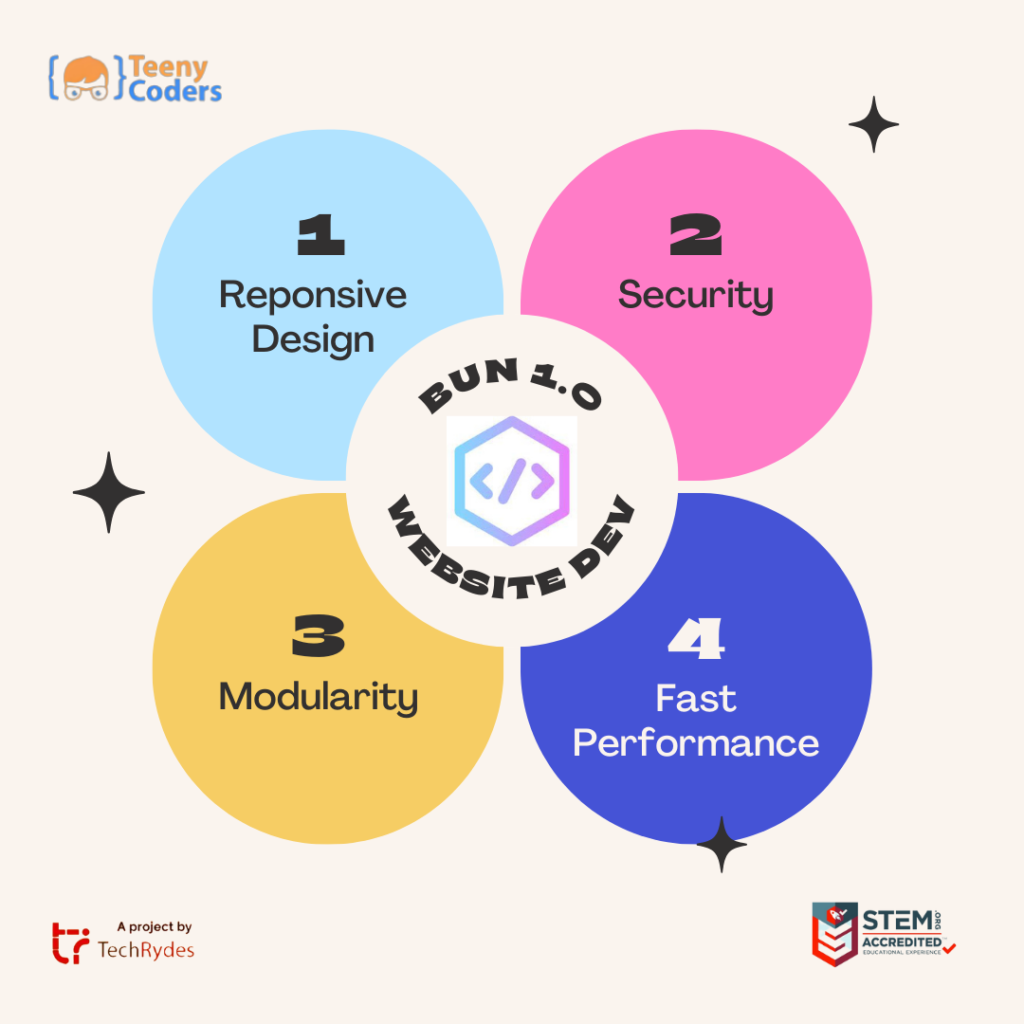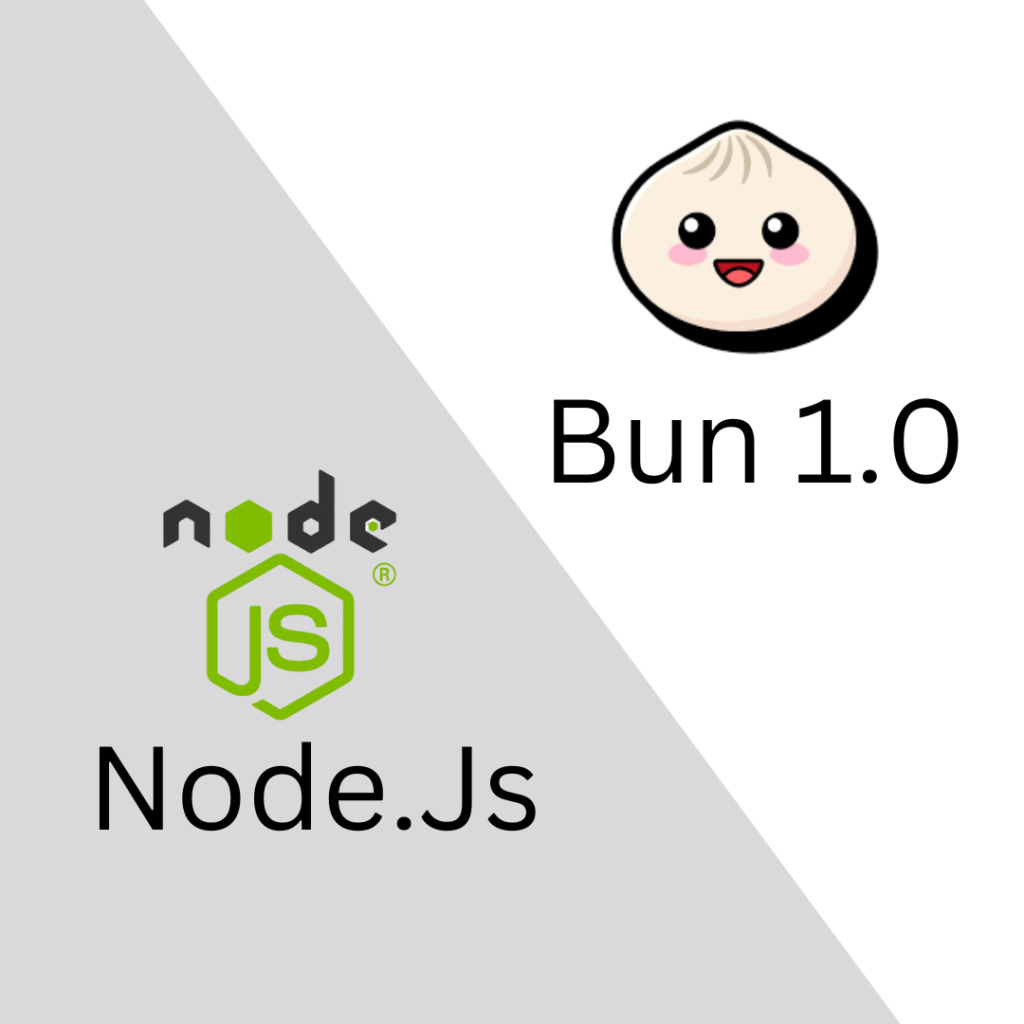In the ever-evolving landscape of web development, staying updated with the latest technologies and frameworks is crucial to ensure your online presence is not left behind. Two such technologies that have gained immense popularity are Bun 1.0 and Node.js. These frameworks serve distinct purposes and offer unique features, making them indispensable tools for web developers.
Bun 1.0: The Revolutionary Bundler
Bun 1.0 is a groundbreaking bundler that has been making waves in the web development community. Developed by a team of dedicated experts, Bun 1.0 has redefined the way developers’ package and optimize their web applications. Let’s explore its key features and functionalities:

1. Advanced Bundling
Bun 1.0 offers advanced bundling capabilities, allowing developers to efficiently bundle their JavaScript, CSS, and other assets. This results in faster load times and enhanced website performance, which are essential for user satisfaction and search engine rankings.
2. Code Splitting
One of the standout features of Bun 1.0 is its seamless code splitting. Developers can divide their code into smaller, more manageable chunks, ensuring that only necessary code is loaded, reducing initial load times, and improving overall website speed.
3. Seamless Integration
Bun 1.0 seamlessly integrates with popular frontend frameworks like React and Vue.js. This compatibility simplifies the development process and ensures a smooth workflow for developers.
Node.js: The Versatile Server-Side Platform
On the other hand, Node.js is a versatile server-side platform that has been a game-changer in web development. Developed on the Chrome V8 JavaScript engine, Node.js has opened up a world of possibilities for developers. Here’s a closer look at its defining features:
1. Non-Blocking I/O
Node.js employs non-blocking I/O operations, making it exceptionally efficient when handling multiple concurrent connections. This makes it ideal for real-time applications and APIs, ensuring a smooth and responsive user experience.
2. Extensive Package Ecosystem
Node.js boasts a vast and active ecosystem of packages and libraries available through npm (Node Package Manager). Developers can easily find pre-built solutions for various functionalities, significantly speeding up the development process.
3. Scalability
Scalability is a key advantage of Node.js. Its event-driven, non-blocking architecture allows applications to handle many concurrent connections with ease. This makes Node.js an excellent choice for building highly scalable and responsive applications.
Key Differences
Now that we’ve explored the individual strengths of Bun 1.0 and Node.js, let’s delve into the key differences that set them apart:
1. Use Cases
Bun 1.0 and Node.js both have distinct features which make them important. Bun 1.0 primarily focuses on frontend development and optimization. It excels at bundling and code splitting, making it ideal for projects where performance and load times are critical. On the other hand, Node.js is a server-side platform, perfect for building real-time applications, APIs, and backend services.
2. Development Stack
Bun 1.0 integrates seamlessly with frontend frameworks like React and Vue.js, making it an excellent choice for developers working on these technologies. Node.js, being a server-side platform, can be used with various frontend frameworks and is not limited to any specific stack.
3. Learning Curve
The learning curve for Bun 1.0 is relatively straightforward, especially for developers already familiar with frontend development. Node.js, on the other hand, might have a steeper learning curve for those transitioning from other server-side technologies.
Choosing the Right Tool for the Job
In conclusion, both Bun 1.0 and Node.js have their unique strengths and use cases. The choice between them depends on the specific requirements of your project. If you need a powerful bundler with top-notch frontend optimization, Bun 1.0 is your go-to choose. On the other hand, if you are building real-time applications or require a versatile server-side platform, Node.js is the way to go.
Remember that the success of your web development project goes beyond just choosing the right technology. It also depends on factors like code quality, user experience, and content relevance. Ensuring your website provides value and a seamless experience for visitors is paramount for achieving higher rankings on Google and retaining a loyal audience. In conclusion, while technology is essential, don’t forget the significance of other aspects in your web development journey.


